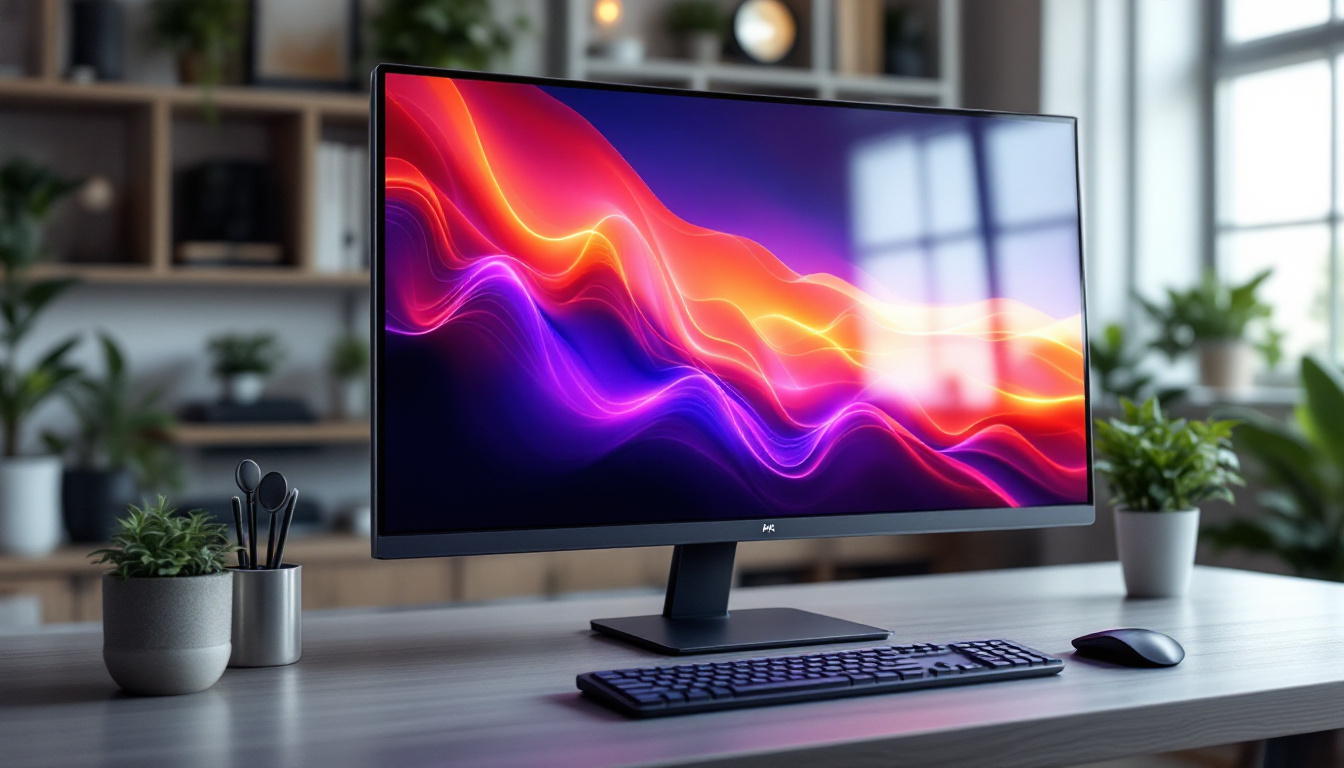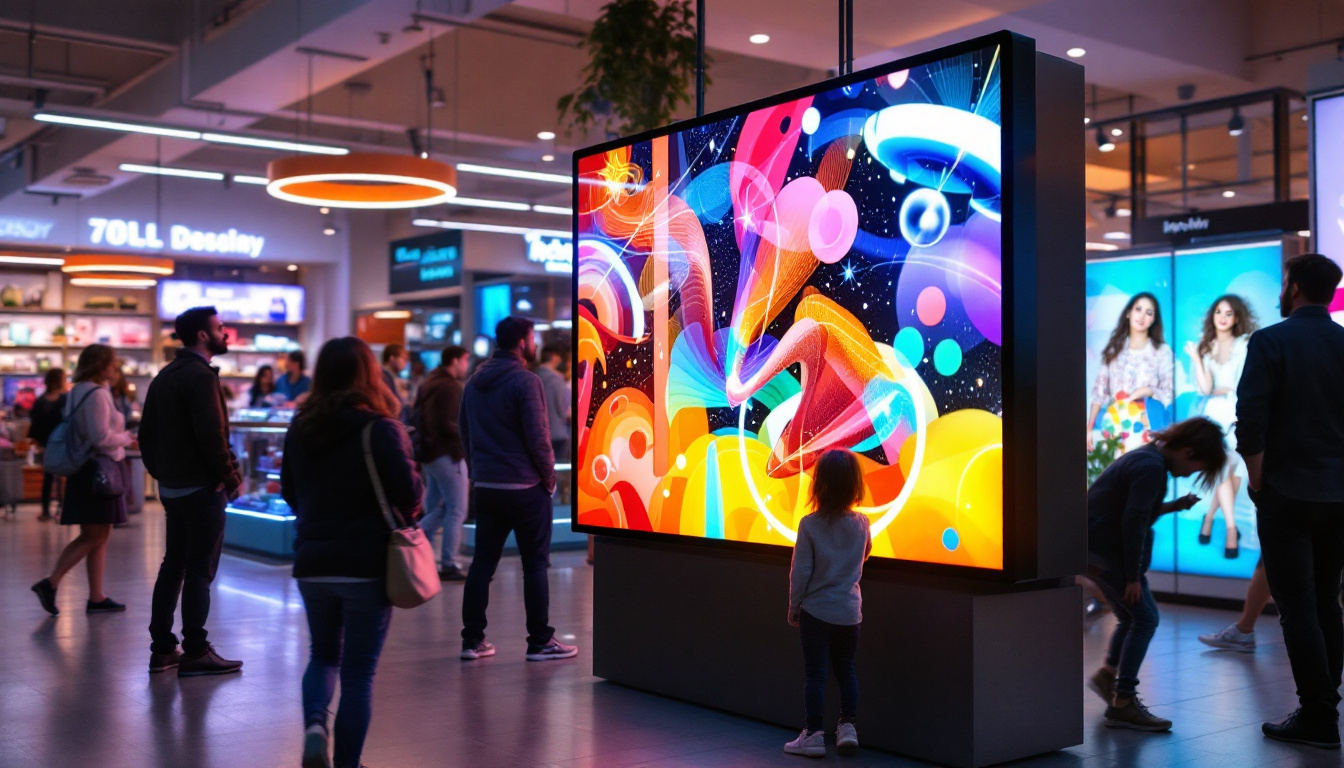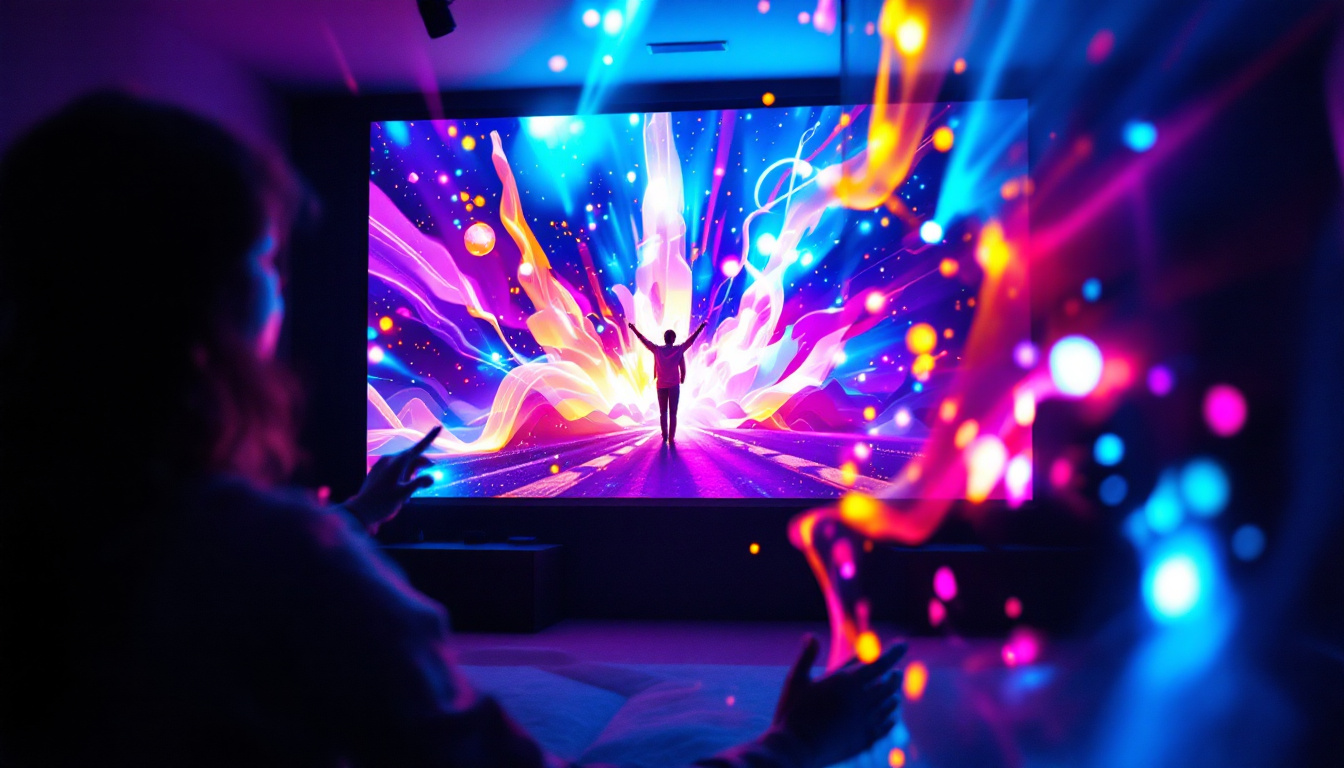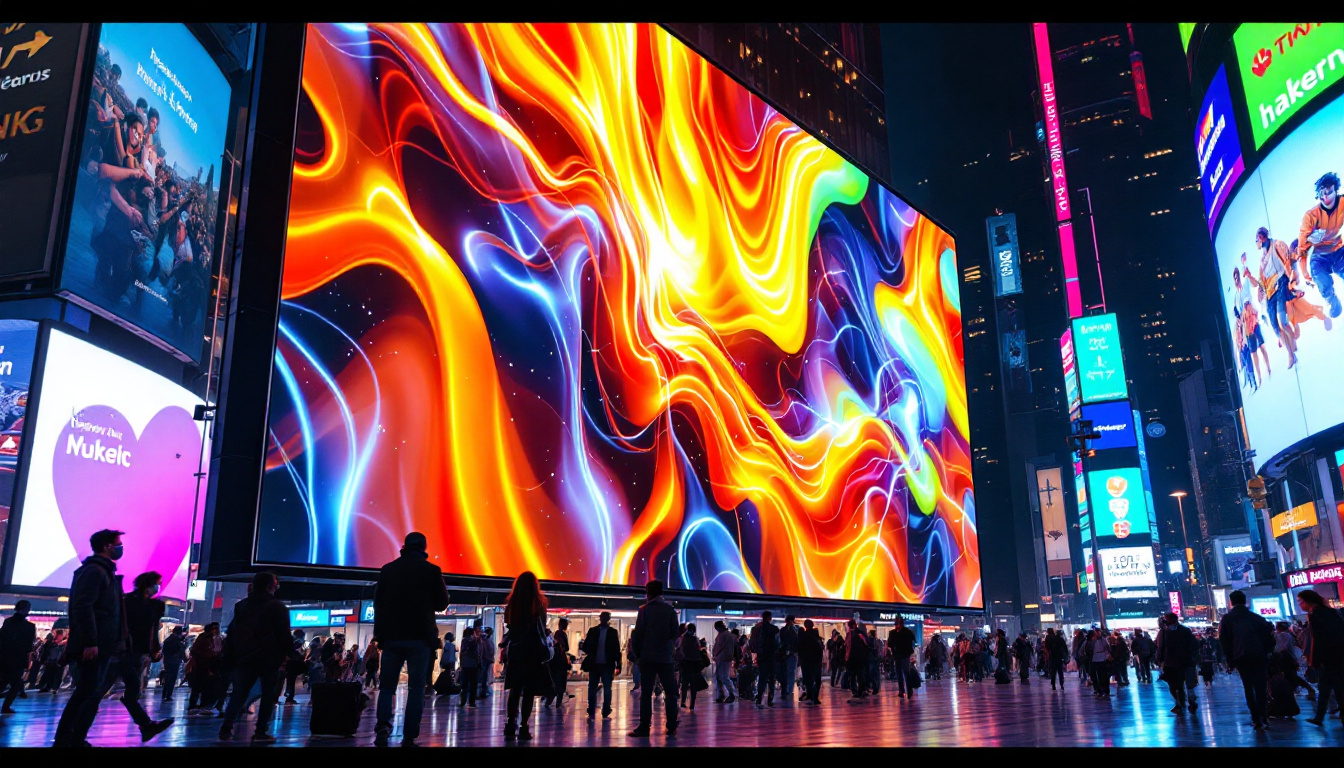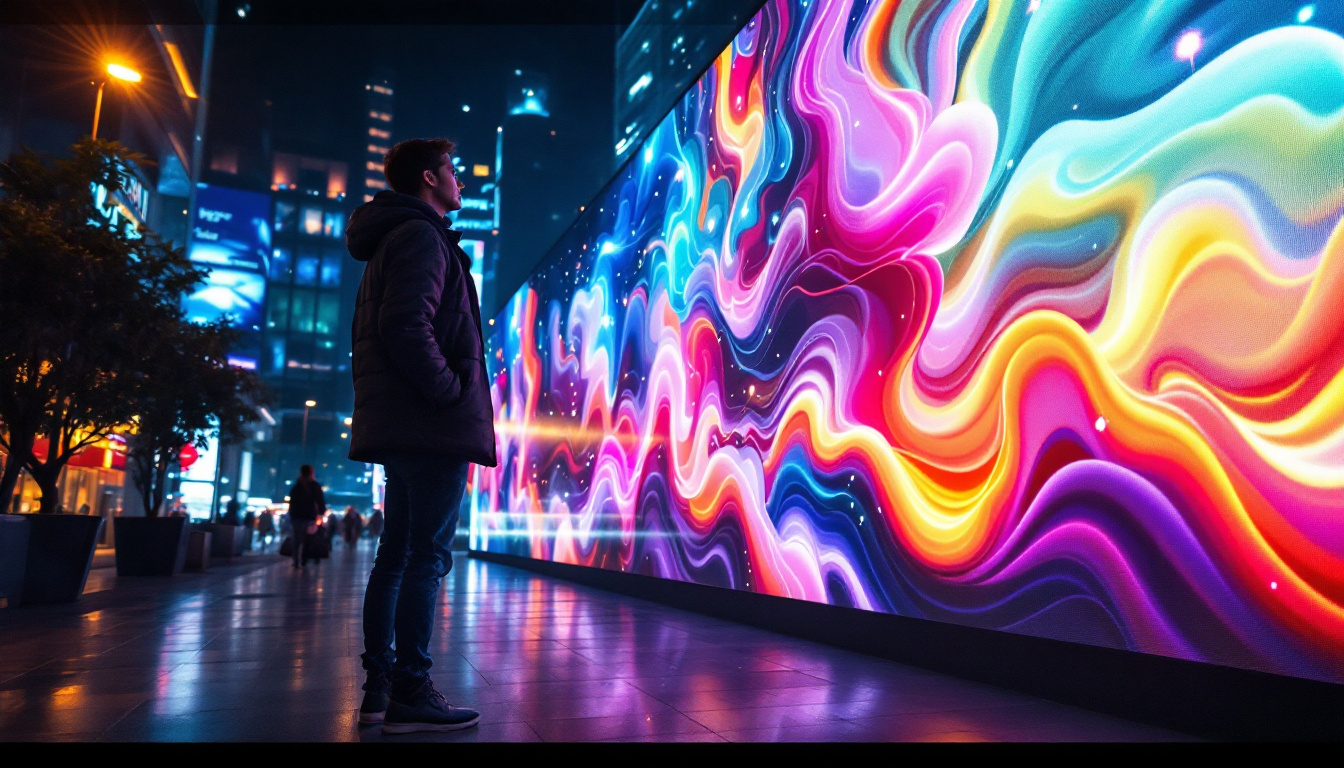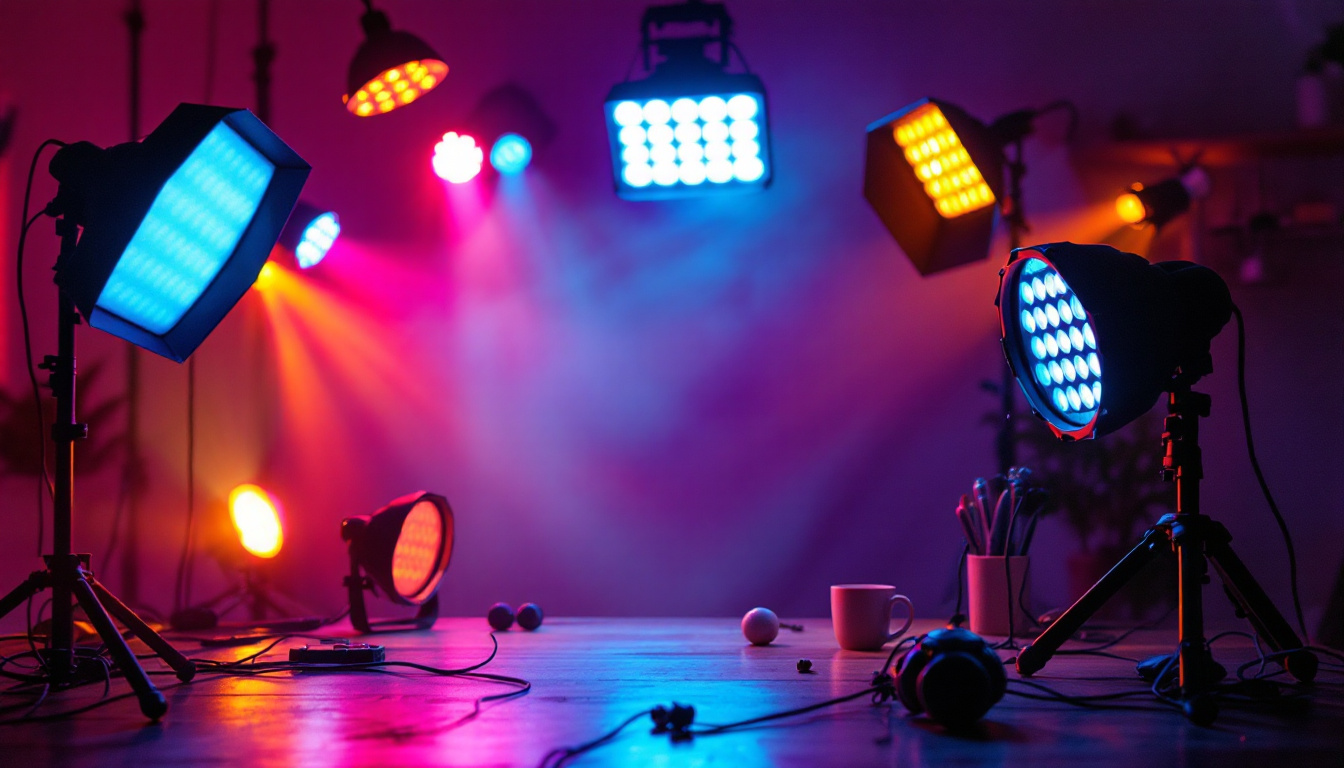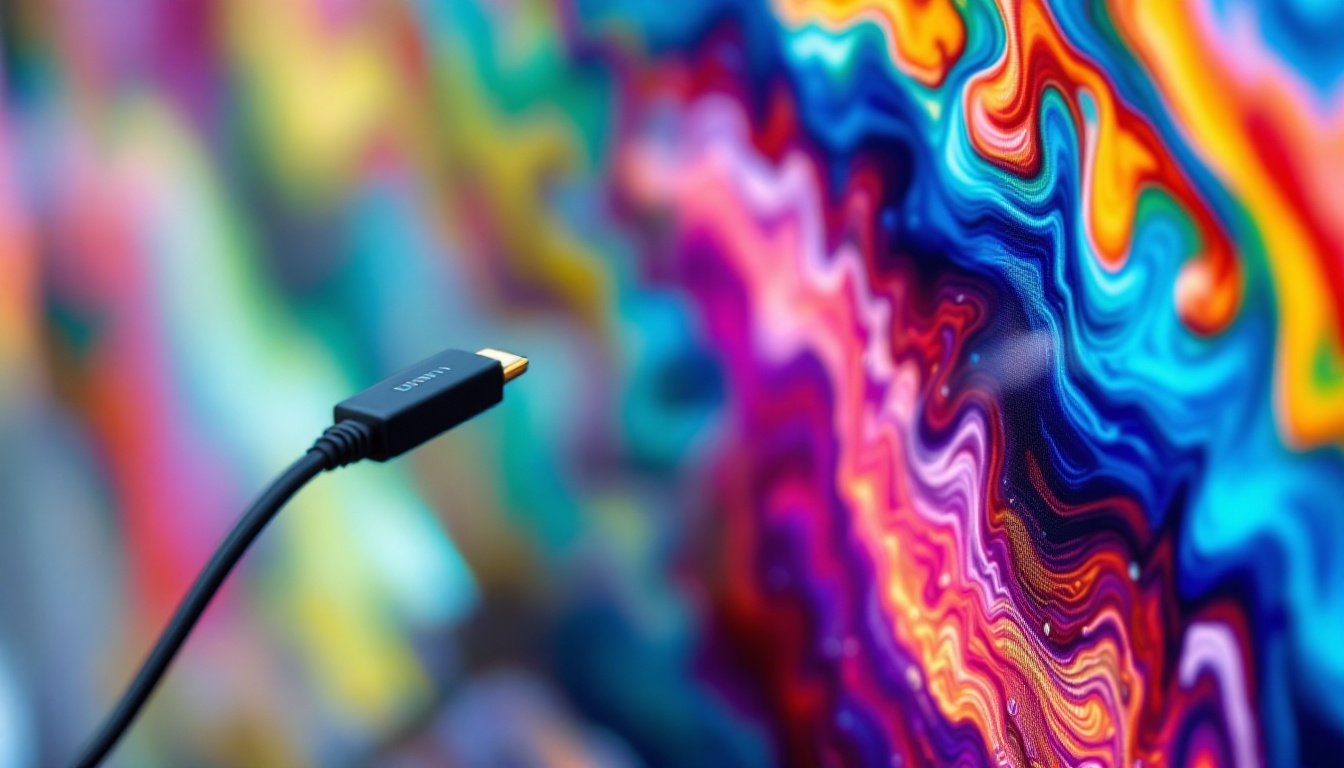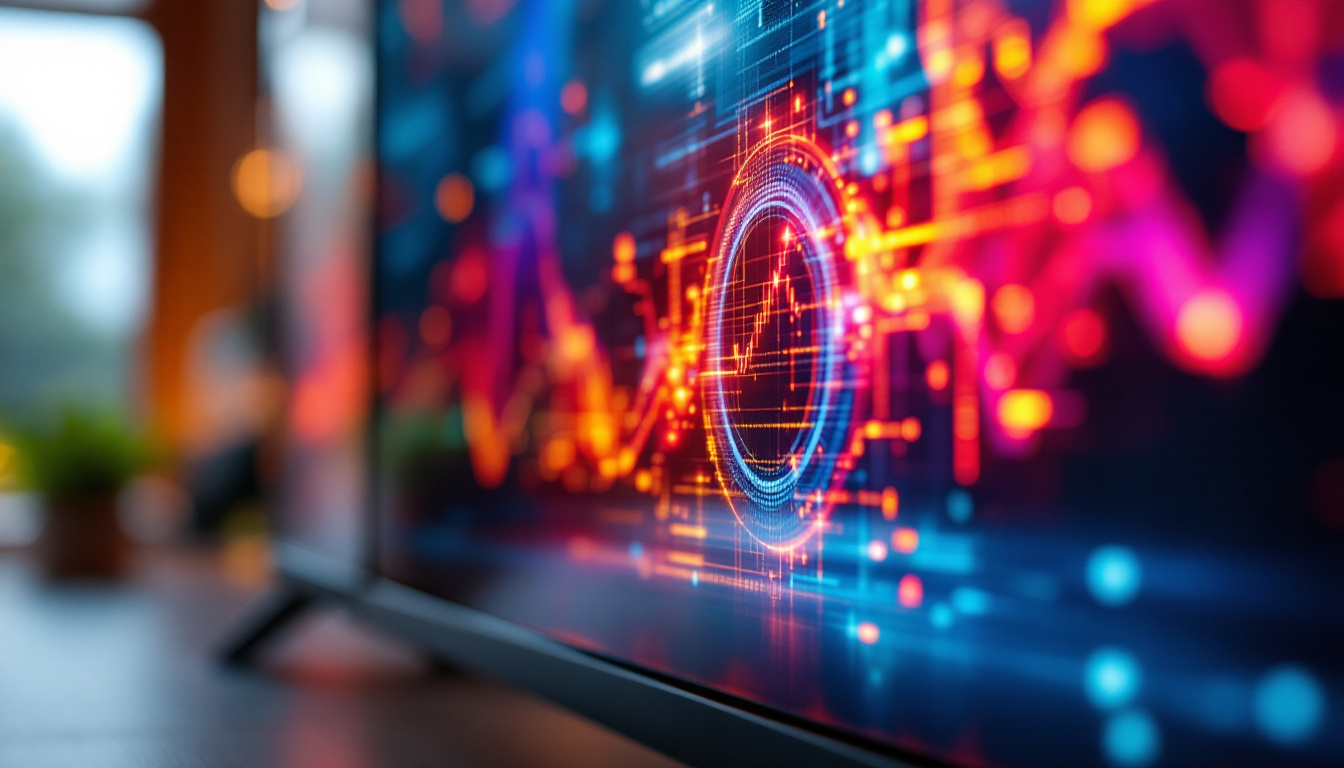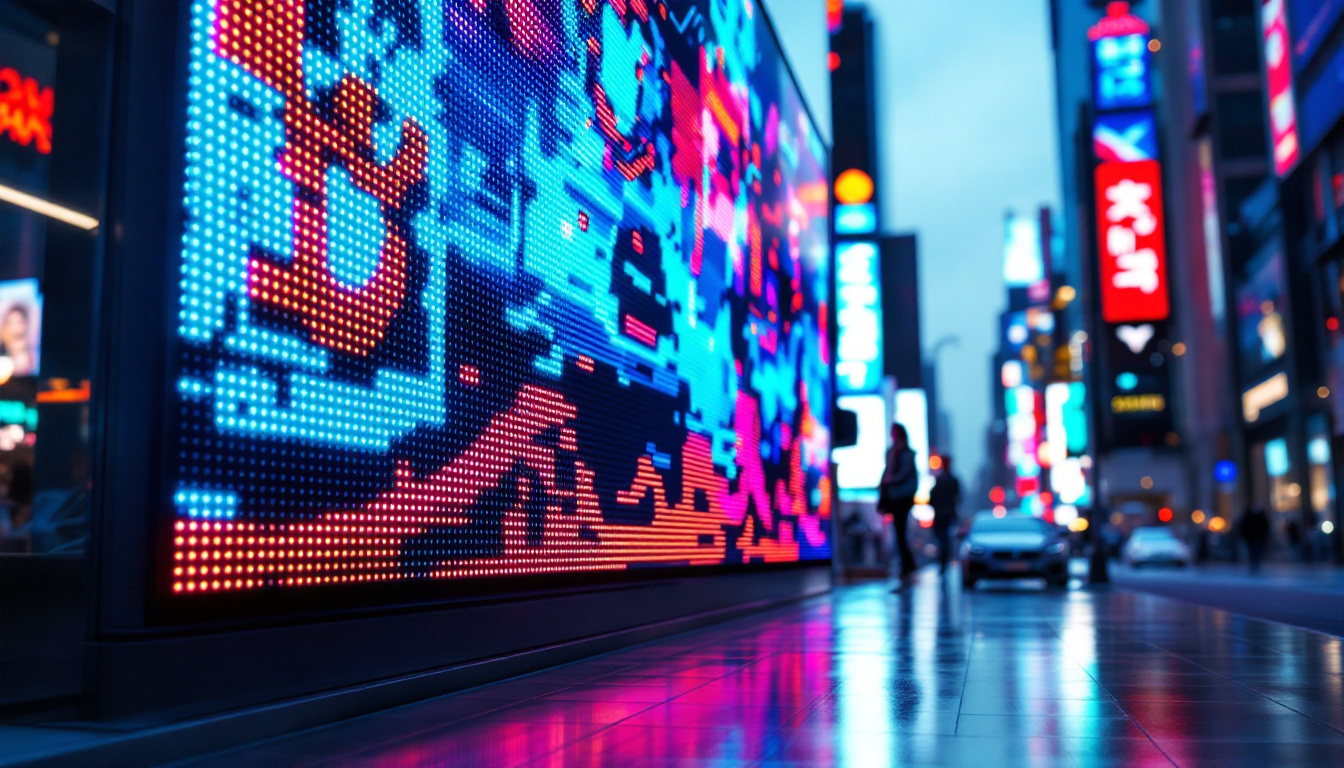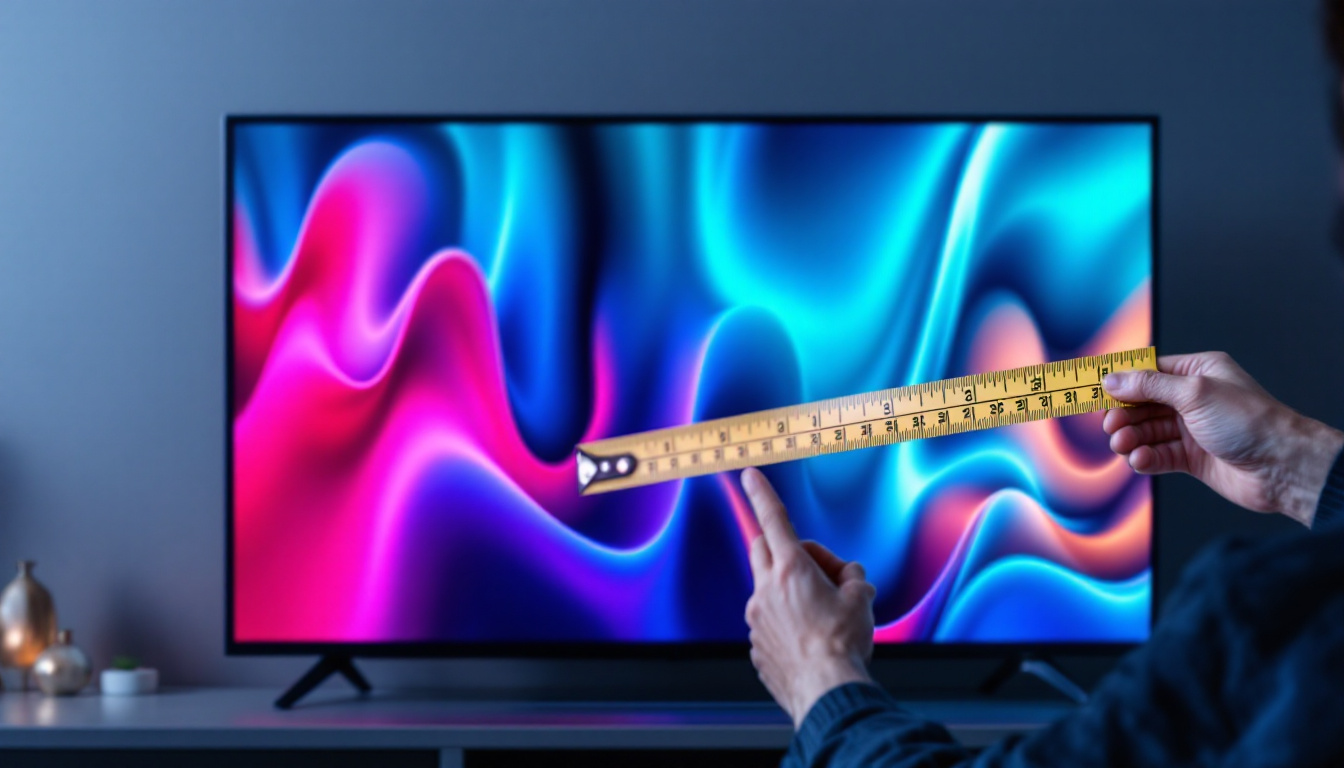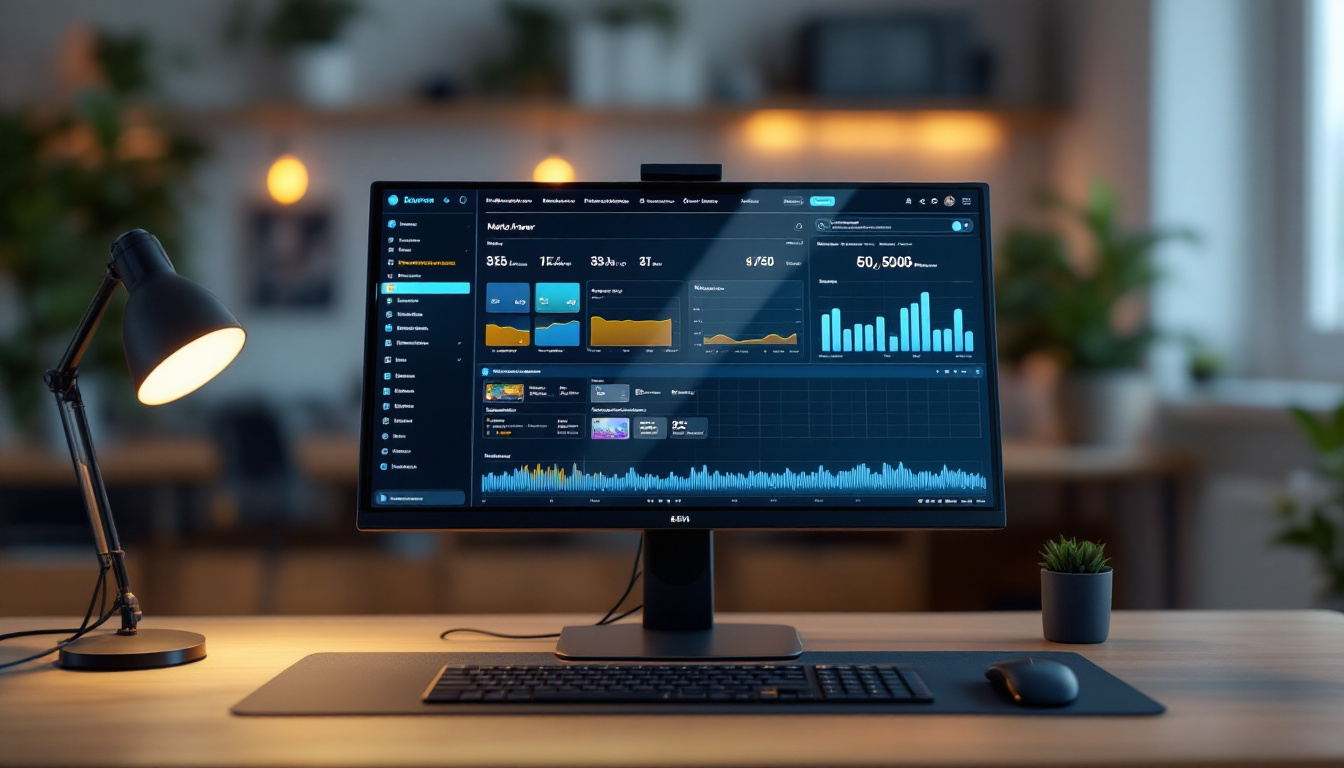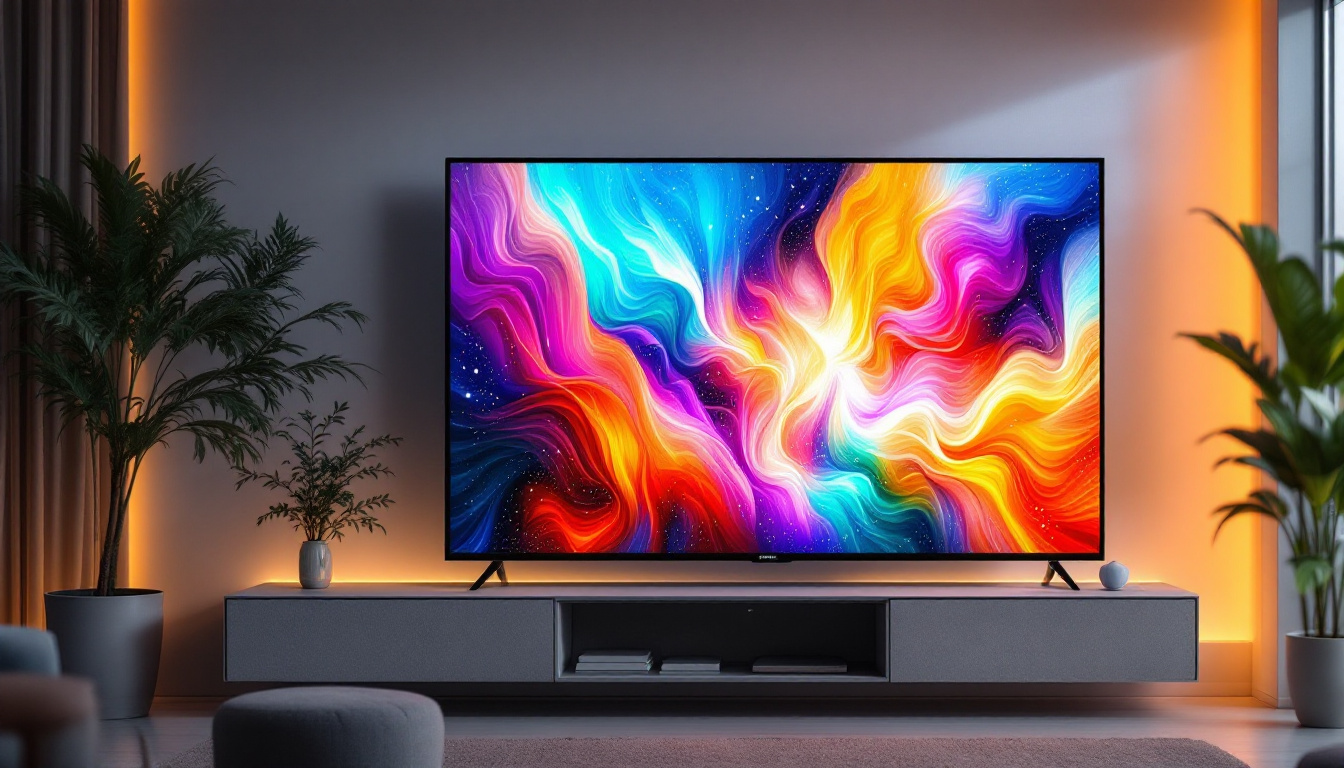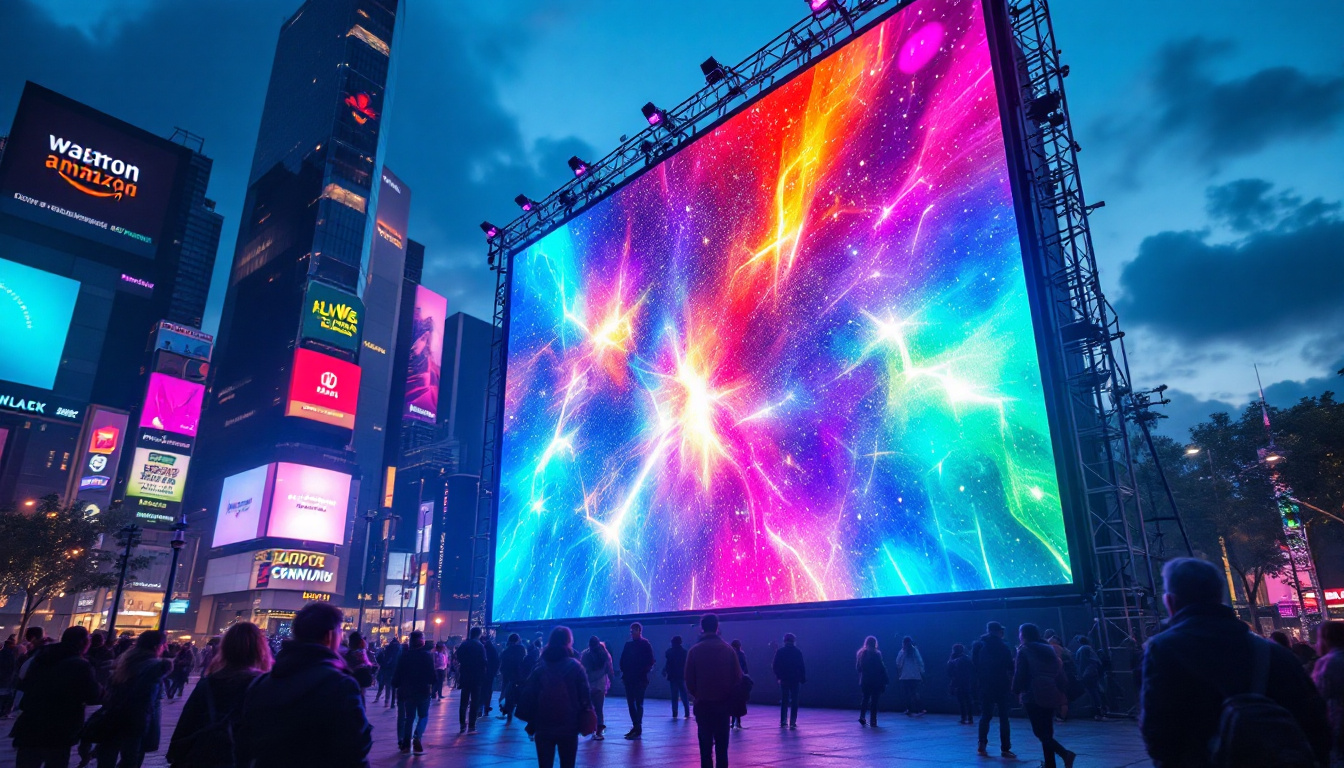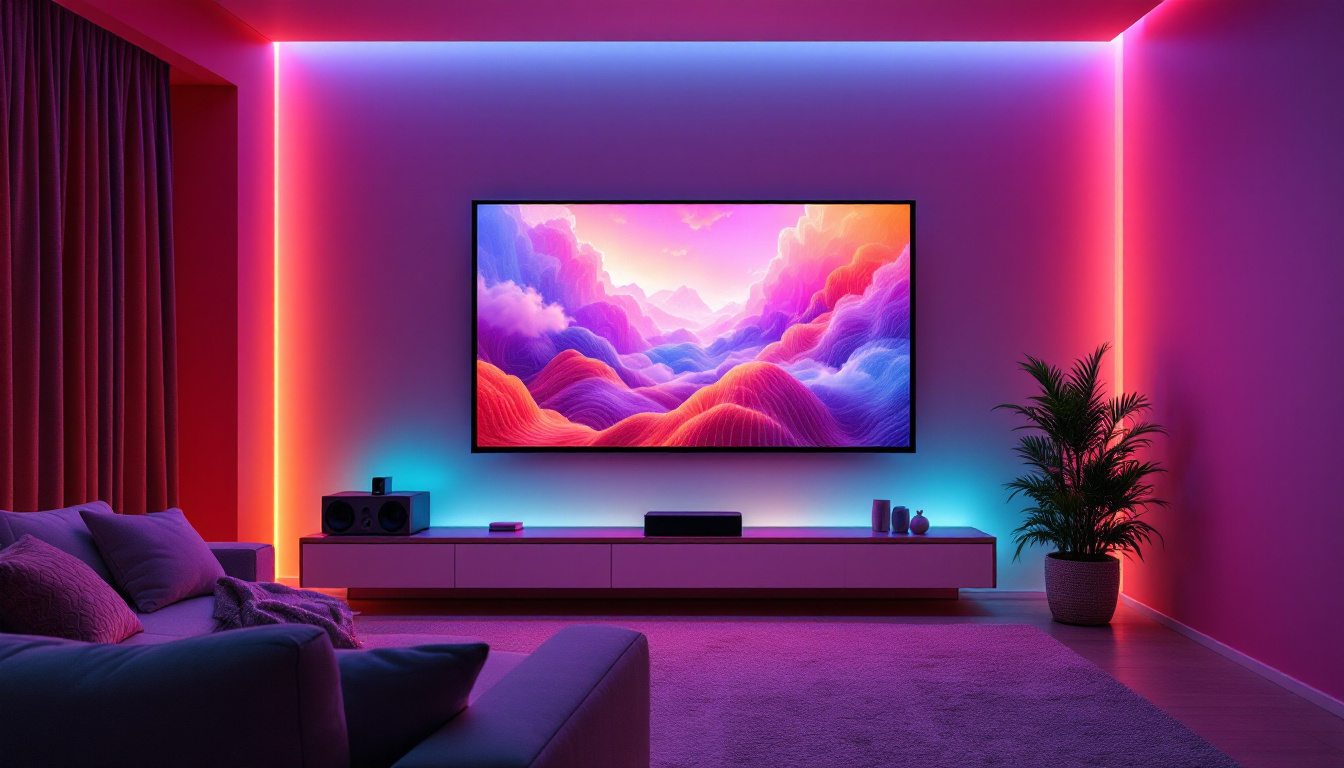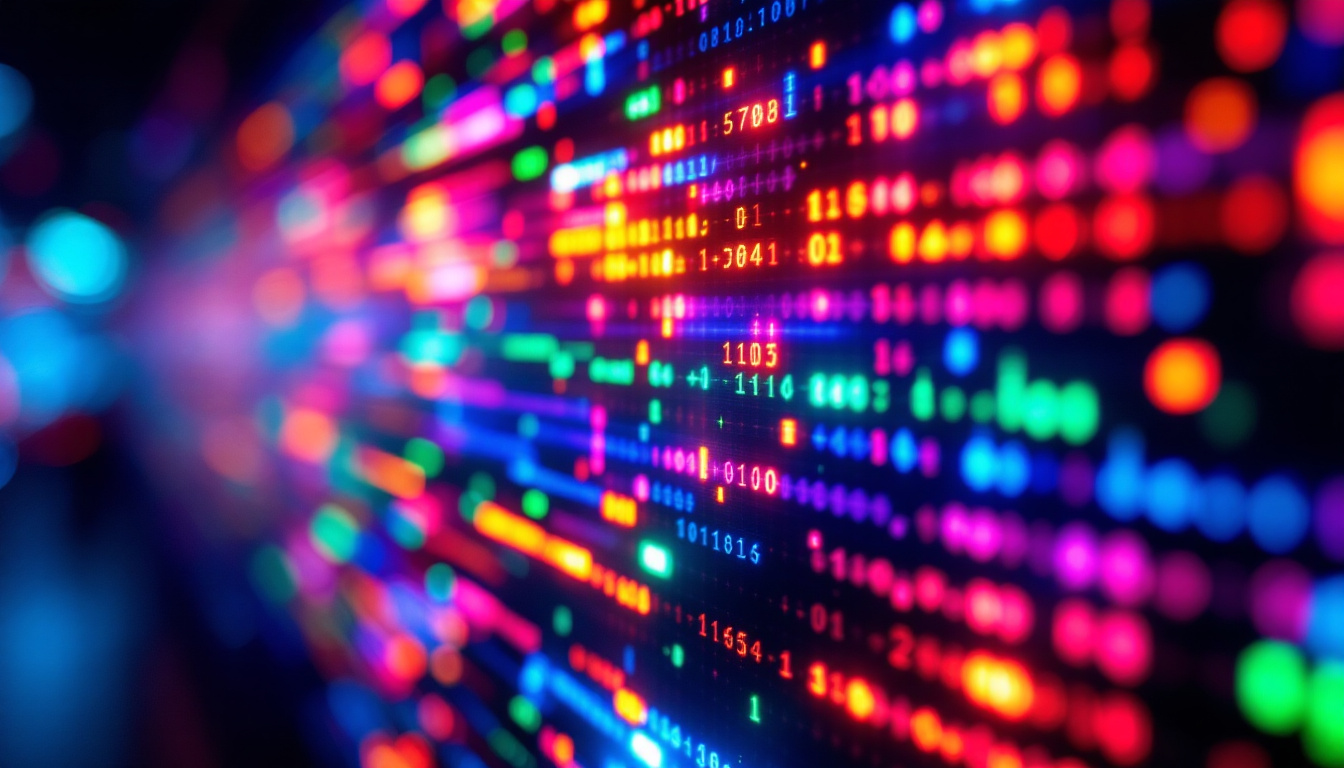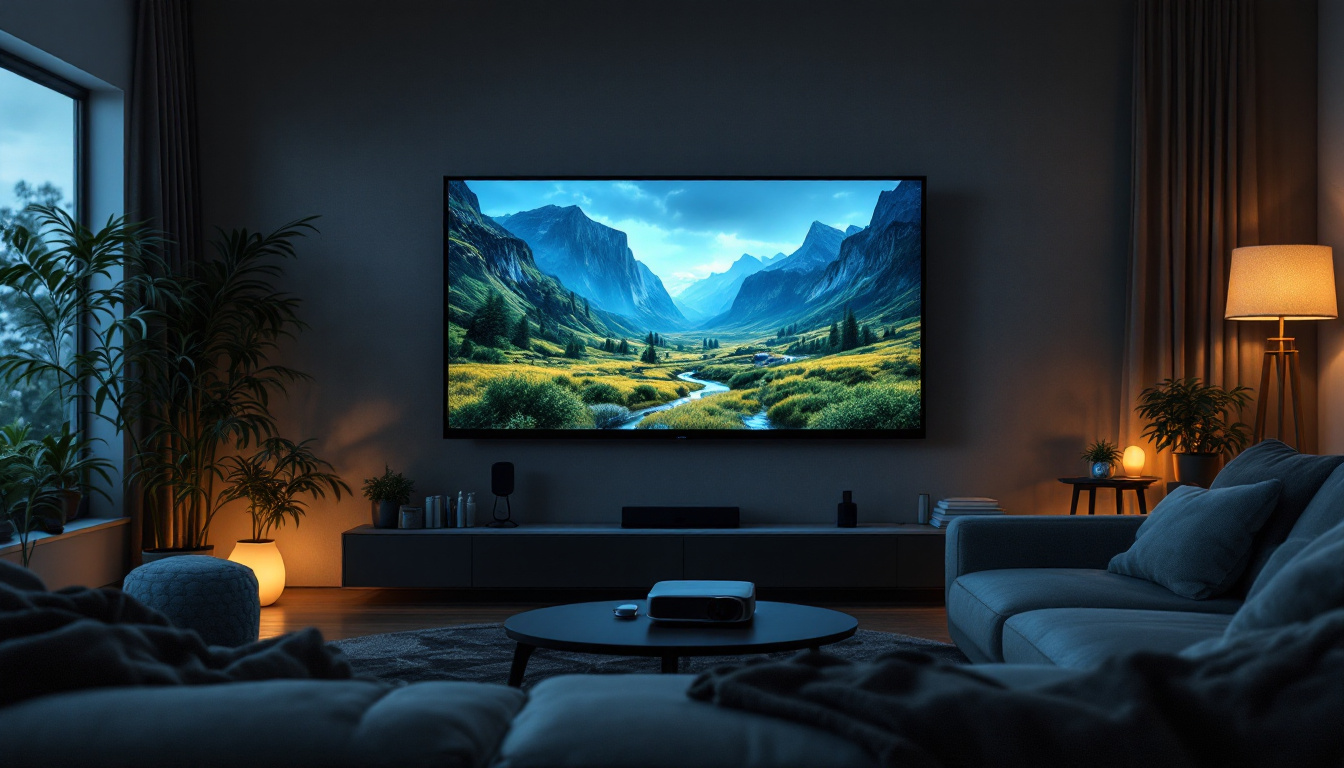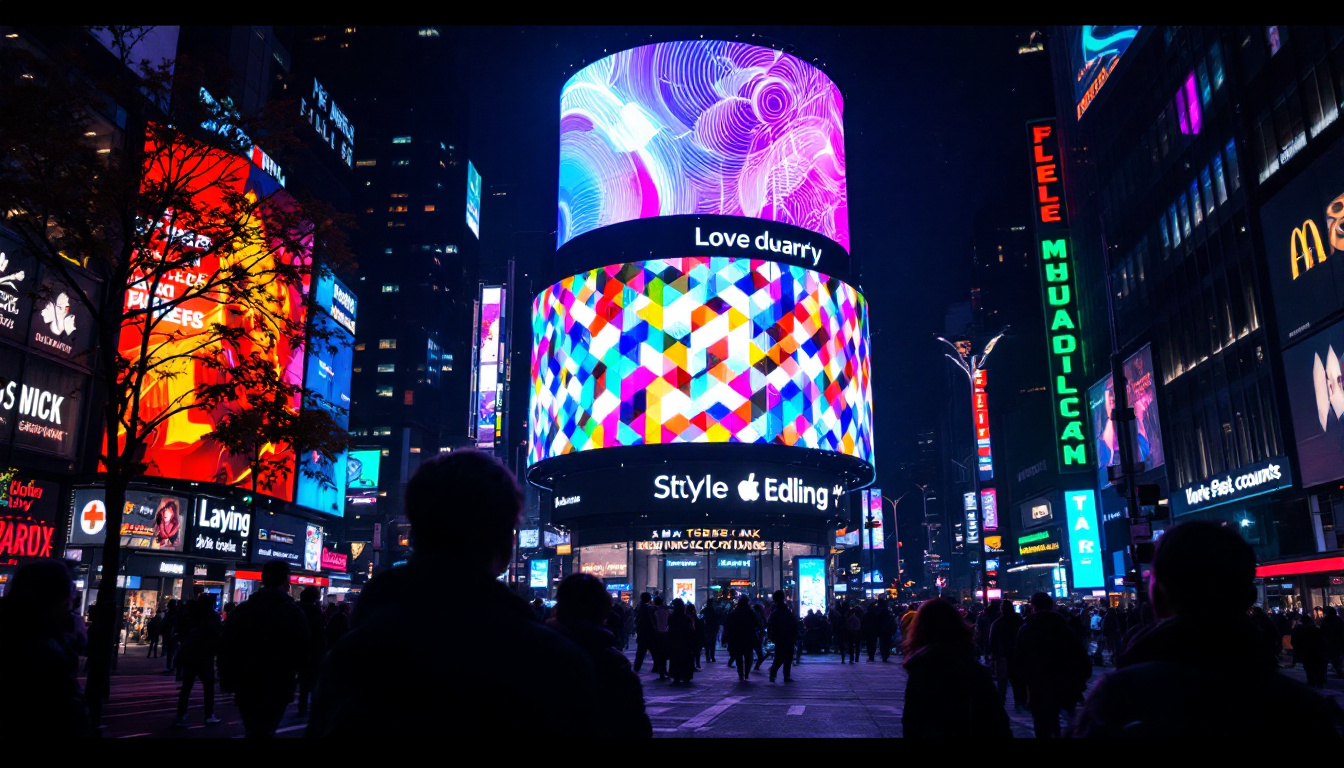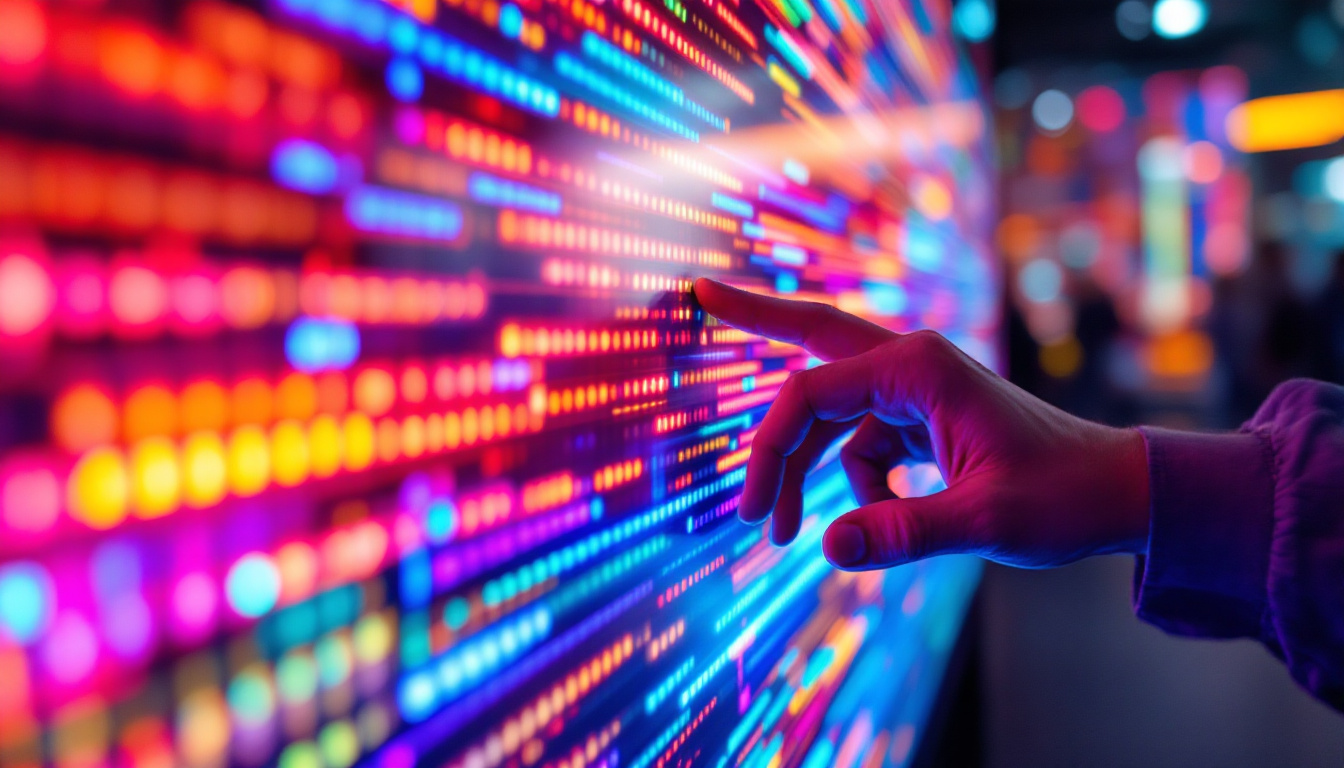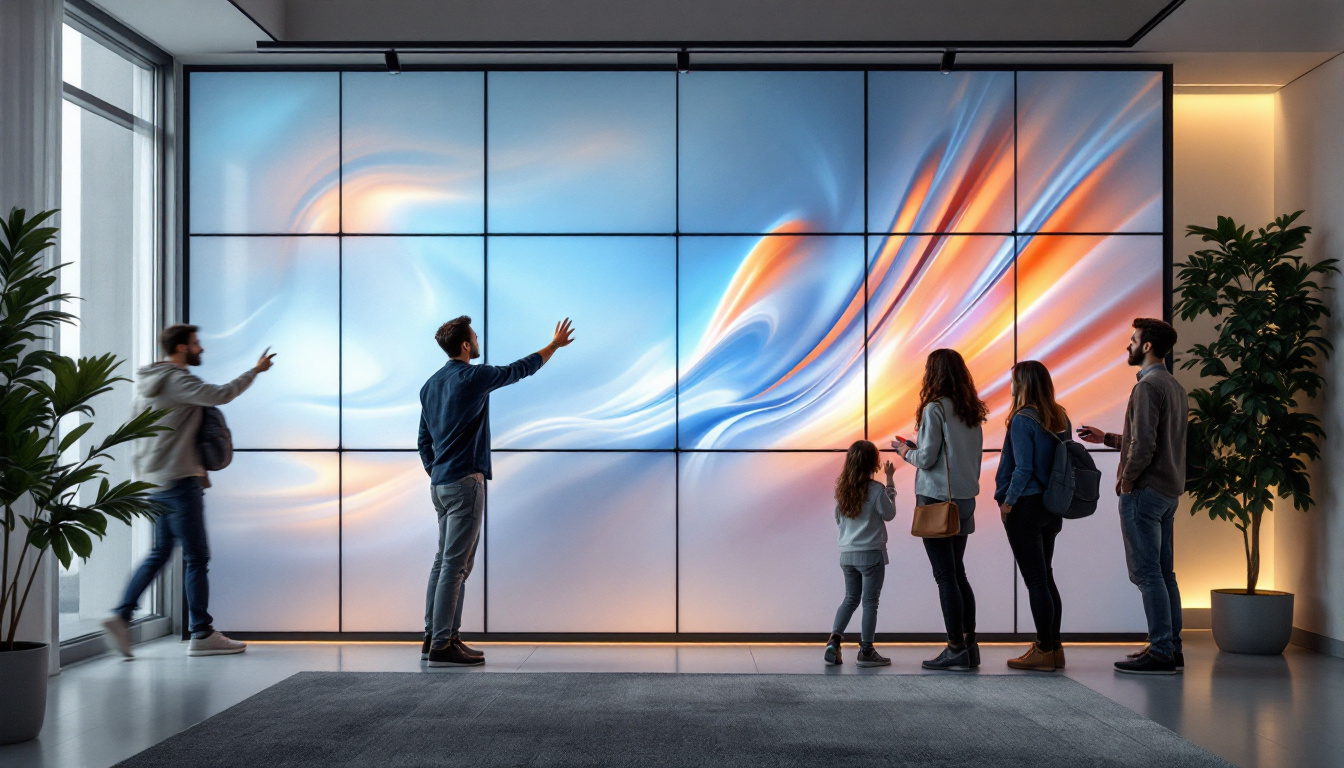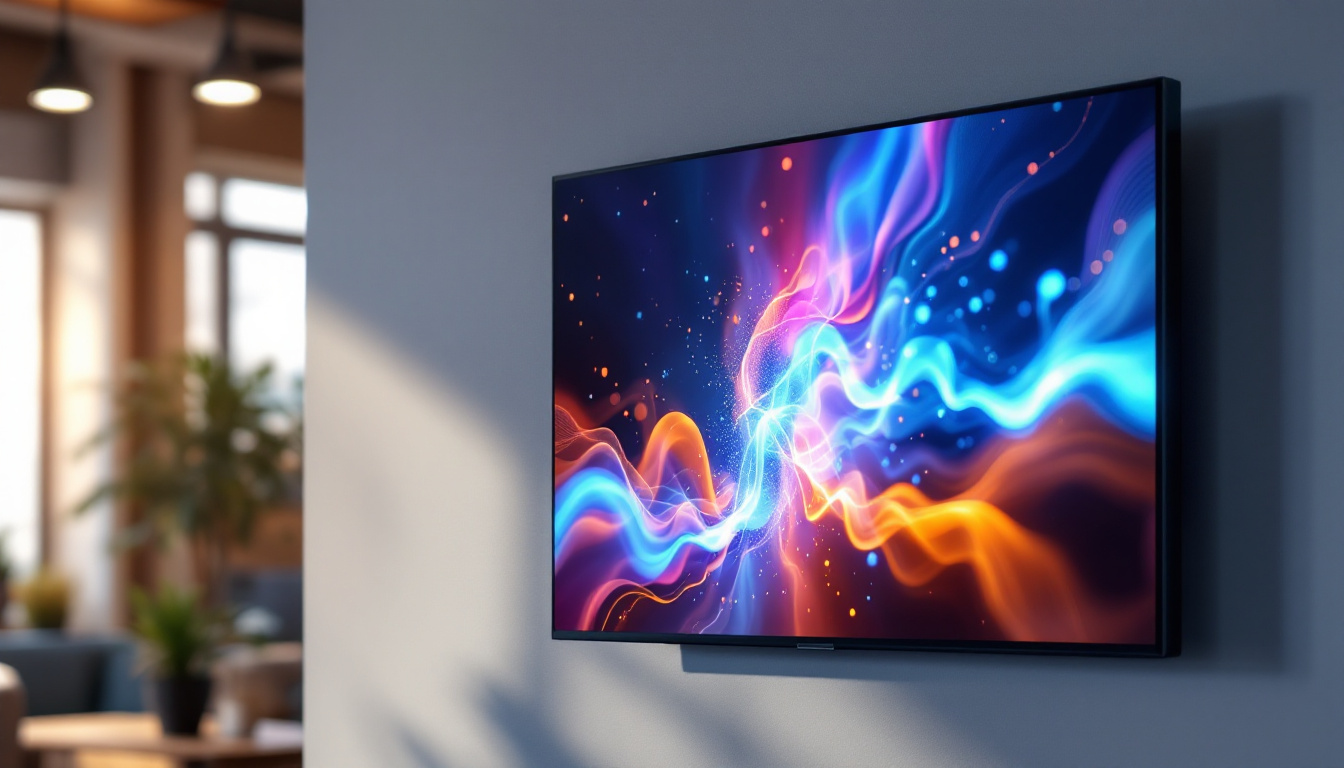In the world of modern technology, flat panel monitors have become a staple for both personal and professional use. With their sleek designs and superior display capabilities, they have largely replaced traditional CRT monitors. Among the various types of flat panel displays, LED (Light Emitting Diode) technology stands out for its efficiency, brightness, and color accuracy. This article delves into the intricacies of LED displays, exploring their technology, advantages, and applications.
Understanding LED Technology
LED displays utilize light-emitting diodes to produce images on the screen. Unlike traditional LCD monitors that rely on fluorescent backlighting, LED monitors use an array of tiny diodes to create light, which enhances the overall viewing experience. This section will explore how LED technology works and its various types.
How LED Displays Work
At the core of LED technology is the principle of electroluminescence, where a semiconductor material emits light when an electric current passes through it. In LED monitors, these diodes are arranged in a grid, allowing for precise control over brightness and color. The diodes can be classified into two main categories: edge-lit and backlit.
Edge-lit LED displays have diodes placed along the edges of the screen, which then illuminate the display from the sides. This design allows for thinner monitors but may result in uneven brightness in some cases. On the other hand, backlit LED displays feature diodes placed directly behind the screen, providing more uniform brightness and better color accuracy, making them a preferred choice for high-end displays.
Furthermore, advancements in LED technology have led to the development of local dimming features, which allow specific areas of the screen to be dimmed or brightened independently. This not only enhances the contrast ratio but also improves the overall dynamic range of the display, making dark scenes appear deeper and more immersive. As a result, viewers can enjoy a more cinematic experience, especially when watching movies or playing video games.
Types of LED Displays
LED technology can be further categorized into several types, each with its unique characteristics and applications. The most common types include:
- Standard LED: This is the basic form of LED technology, offering improved brightness and energy efficiency compared to traditional LCDs.
- OLED (Organic LED): OLED displays use organic compounds that emit light when electricity is applied. They offer superior contrast ratios and vibrant colors but can be more expensive.
- QLED (Quantum Dot LED): QLED technology incorporates quantum dots to enhance color accuracy and brightness, making it a popular choice for high-end televisions and monitors.
In addition to these common types, there are also specialized LED displays designed for specific applications. For instance, MicroLED technology is gaining traction for its ability to produce incredibly small pixels, resulting in stunning image quality and flexibility in screen size and shape. This technology promises to revolutionize the display industry by enabling seamless large-scale screens that can be customized for various environments, from homes to public venues. Similarly, transparent LED displays are becoming popular in retail and advertising, allowing for eye-catching visuals without obstructing views, thus merging digital content with the physical world in innovative ways.
Advantages of LED Monitors
LED monitors bring a host of advantages over their predecessors, making them an attractive option for consumers and businesses alike. From energy efficiency to superior image quality, the benefits are numerous.
Energy Efficiency
One of the standout features of LED technology is its energy efficiency. LED monitors consume significantly less power than traditional LCD or CRT monitors, which not only reduces electricity bills but also contributes to a lower carbon footprint. This energy efficiency is particularly beneficial for businesses that operate multiple monitors, as it can lead to substantial savings over time. Furthermore, the longer lifespan of LED monitors—often exceeding 50,000 hours—means that they not only save energy but also reduce the frequency of replacements, leading to less electronic waste and a more sustainable approach to technology.
Superior Image Quality
LED displays are renowned for their exceptional image quality. They provide higher brightness levels, deeper blacks, and a wider color gamut compared to older display technologies. This results in sharper images and more vibrant colors, making LED monitors ideal for graphic design, gaming, and multimedia consumption. Additionally, many LED monitors support high dynamic range (HDR), further enhancing the viewing experience. The improved contrast ratios and faster response times also make LED monitors a preferred choice for fast-paced gaming and professional video editing, where every detail matters. With advancements in technology, features like flicker-free technology and blue light filters are becoming standard, helping to reduce eye strain during prolonged use, which is a significant consideration for both casual users and professionals who spend hours in front of their screens.
Applications of LED Monitors
The versatility of LED monitors allows them to be used in a wide range of applications, from personal computing to professional environments. Their adaptability makes them a popular choice across various industries.
Home Use
For home users, LED monitors are perfect for everyday tasks such as browsing the internet, streaming videos, and gaming. The vibrant colors and sharp images enhance the overall experience, making activities more enjoyable. Additionally, many LED monitors come equipped with features like built-in speakers and multiple connectivity options, further adding to their appeal.
Professional Environments
In professional settings, LED monitors are often used for graphic design, video editing, and data analysis. Their superior color accuracy and resolution are crucial for tasks that require precise visual representation. Furthermore, many businesses utilize LED monitors for presentations and meetings, as their bright displays ensure visibility even in well-lit rooms.
Gaming
The gaming industry has seen a significant shift towards LED monitors, particularly those with high refresh rates and low response times. Gamers benefit from the fast performance and immersive visuals that LED displays provide. Features such as adaptive sync technology help eliminate screen tearing, further enhancing the gaming experience.
Choosing the Right LED Monitor
With a plethora of options available in the market, selecting the right LED monitor can be a daunting task. Several factors should be considered to ensure the chosen monitor meets the user’s specific needs.
Screen Size and Resolution
The screen size and resolution are critical factors in determining the overall user experience. Larger screens provide a more immersive experience, especially for gaming and multimedia consumption. However, it’s essential to balance size with resolution; a higher resolution ensures that images remain sharp and clear, even on larger displays. Common resolutions include Full HD (1920×1080), Quad HD (2560×1440), and 4K (3840×2160).
Refresh Rate and Response Time
For gamers and those working with fast-moving visuals, refresh rate and response time are vital specifications. The refresh rate, measured in hertz (Hz), indicates how many times the display refreshes per second. A higher refresh rate, such as 144Hz or 240Hz, provides smoother motion and reduces motion blur. Response time, measured in milliseconds (ms), indicates how quickly a pixel can change from one color to another. A lower response time is preferable for gaming to minimize ghosting effects.
Connectivity Options
Modern LED monitors come with various connectivity options, including HDMI, DisplayPort, and USB-C. It’s essential to ensure that the chosen monitor is compatible with the devices it will be connected to. Additionally, features like built-in USB hubs can enhance usability by providing easy access to peripherals.
Maintaining Your LED Monitor
Proper maintenance of an LED monitor can prolong its lifespan and ensure optimal performance. Simple care routines can make a significant difference in the longevity of the device.
Cleaning the Screen
Dust and fingerprints can accumulate on the screen, affecting visibility. It’s crucial to clean the monitor regularly using a microfiber cloth and a gentle cleaning solution specifically designed for electronics. Avoid using harsh chemicals or abrasive materials, as these can damage the screen.
Adjusting Settings
Most LED monitors come with adjustable settings that can enhance the viewing experience. Brightness, contrast, and color settings can be fine-tuned based on the environment and personal preferences. Additionally, enabling features like blue light filters can reduce eye strain during prolonged use.
Future of LED Technology
The future of LED technology looks promising, with continuous advancements paving the way for even better displays. Innovations in OLED and QLED technologies are pushing the boundaries of color accuracy and brightness, while developments in mini-LED technology are enhancing backlighting capabilities.
Emerging Trends
As technology evolves, consumers can expect to see more monitors with higher resolutions, faster refresh rates, and improved energy efficiency. The integration of artificial intelligence in display technology may also lead to smarter monitors that automatically adjust settings based on usage patterns, optimizing performance while reducing energy consumption.
Impact on Entertainment and Media
The advancements in LED technology are set to revolutionize the entertainment and media industries. With the rise of 8K resolution and improved HDR capabilities, viewers can expect an unparalleled viewing experience. This shift will not only enhance home entertainment but also impact professional fields such as film production and graphic design, where precision and quality are paramount.
Conclusion
LED displays have transformed the landscape of flat panel monitors, offering numerous advantages over traditional technologies. Their energy efficiency, superior image quality, and versatility make them an ideal choice for a wide range of applications, from home use to professional environments. As technology continues to evolve, the future of LED displays promises even greater advancements, ensuring that they remain at the forefront of visual technology.
In conclusion, whether for gaming, professional work, or casual use, LED monitors provide an exceptional viewing experience that caters to the needs of diverse users. Understanding the technology behind LED displays and considering the various factors when choosing a monitor can lead to a more informed and satisfying purchase.
Discover LumenMatrix LED Display Solutions
Ready to experience the pinnacle of LED display technology? Look no further than LumenMatrix, a pioneer in crafting immersive visual experiences with a comprehensive range of LED display modules. Whether you’re seeking to elevate your brand’s presence with an Indoor LED Wall Display, captivate passersby with an Outdoor LED Wall Display, or innovate with Custom LED Displays, LumenMatrix has the solution tailored to your needs. Embrace the future of visual communication and check out LumenMatrix LED Display Solutions today to transform your space into a dynamic canvas.

